My Japan Travel Tips for a First-Time Visitor
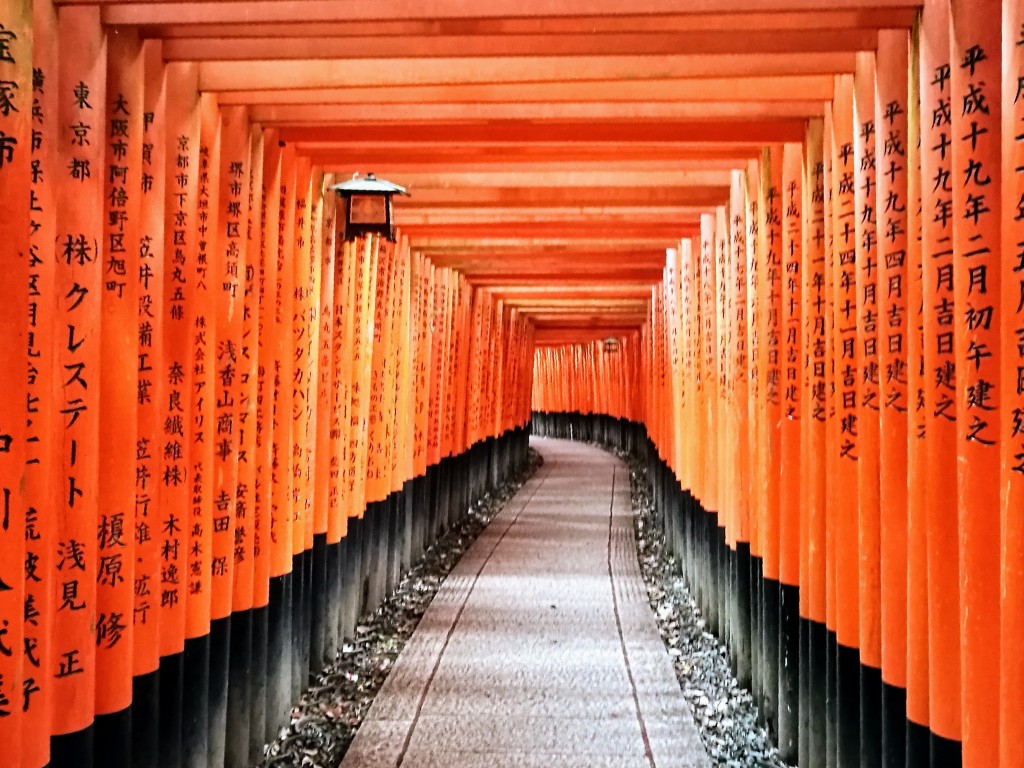
Updated June 22, 2024
As a couple, traveling and exploring new places with your partner is an adventure all on its own. Together you’re creating memories that you’ll look back on years later. For some newlyweds, the first travel experience together is the honeymoon. Even if it doesn’t happen for over a year after the “I dos” as was the case with me, it’s never too early to think about where to go. So, whether you’re considering going to Japan for your honeymoon or a vacation, there are plenty of fabulous things to see and do especially if you’re interested in exploring Tokyo or Kyoto!
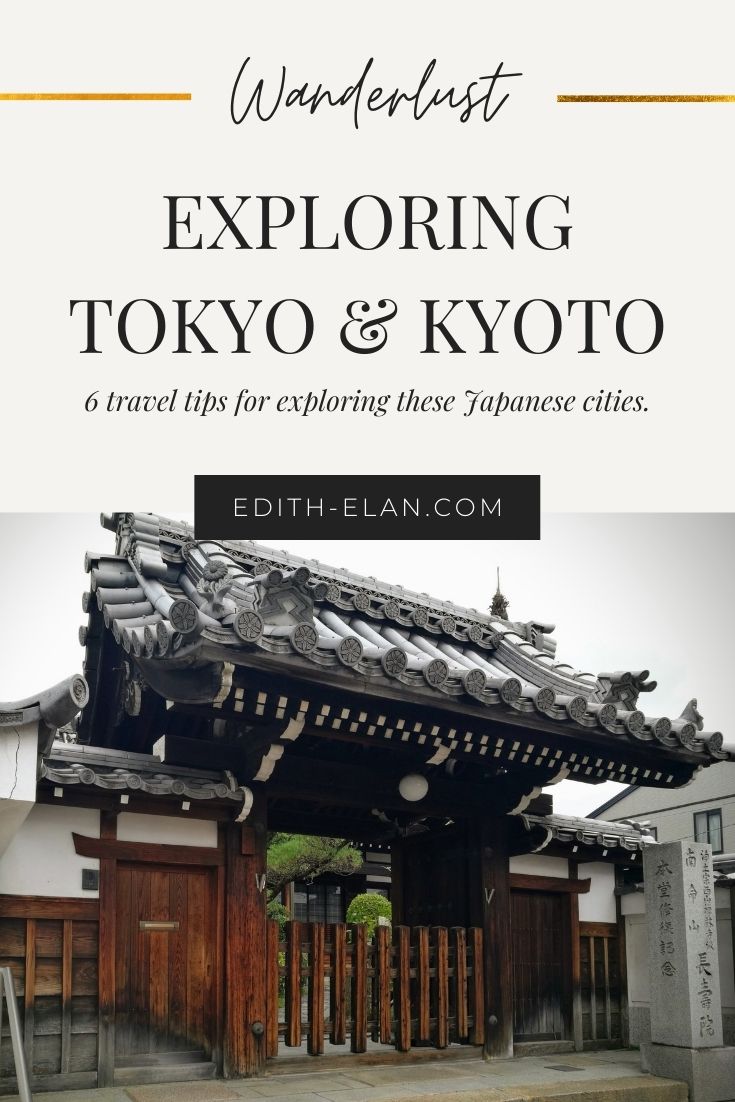
Why I Visited Japan
I love exploring new places. I find joy in travel. So, how did I end up going to Japan? It was my husband’s idea. As a military kid and Japanophile, he’d lived there before and wanted to go back as an adult. And while Japan was on my list of places to visit, it wasn’t at the top. Even though I watched the Japan-related YouTube videos with him in the months leading up to our trip, I had no set expectations. Well, other than wanting to eat as many delicious things as possible. Which, as you’ll see, I did!
Our Travel Itinerary
We spent one week in Japan. We arrived on a Sunday afternoon and the following Monday night. Of the seven days we were there, the first six were spent exploring Tokyo and the surrounding areas. Our “home base” train station was Shinjuku, and it was about a 20-minute walk to our Airbnb. The Sunday before our flight back we went on a day-trip whim to Kyoto via the bullet train. In seven days, we hardly scratched the tip of the iceberg of things to do in each city (let alone the rest of Japan). Nonetheless, here are my top three travel tips for exploring Tokyo and Kyoto!
Exploring Tokyo – Travel Tip #1: Explore the Major Train Stations
Explore Tokyo train stations!? I know this sounds a little odd. But as it turns out, the major train hubs have great shopping and dining. As I said before, Shinjuku was our home base. That’s where we left and arrived every single day and night. Our favorite part of the train station was the convenience of the Odakyu department store building attached to the station. In the Odakyu basement, there’s a food market organized into sections by categories. You’ll find bakeries, lunch/savory to-go foods, fresh fruits, candies, and more. We’d stop in every morning to grab a pastry for our breakfast before we boarded the train for our day’s adventures. If we wanted to carry something to-go for lunch, we’d get some gyoza, steamed buns, or chicken wings. If we needed to kill time or escape the heat, we would wander upstairs to the retail floors.
Tokyo Station was another train station we spent a good amount of time exploring. Like Shinjuku there was a great mix of shopping and dining; however, it was all underground. The shopping at Tokyo Station was a mix of more “outlet style” and souvenir stores. Unlike the Odakyu building, there was no floor dedicated to food. The restaurants at Tokyo Station were interspersed. There was also variety in the type of restaurants from the more quick-bite, on-the-go to “fancier” sit-down places. And since it was all underground, there was no need to go outside when the weather was not behaving.
The “Abroad in Japan” YouTube channel has a video dedicated to the 30 different train stations along the Tokyo Yamanote line and what they have to offer:
Exploring Tokyo – Travel Tip #2: Visit the Towers
As someone with a fear of heights, this next travel tip may come as a surprise. Two of the most iconic buildings in Japan are Tokyo Tower and the Tokyo Skytree, and I recommend going to both.
TOKYO TOWER
Tokyo Tower with its red and white paint resembles the Eiffel Tower in design and height (333m). There are observation decks at 150 and 250 meters. There’s even a glass floor in one part to look straight down. Because of the number of high-rise buildings in the area, the views are limited to what you can see between the buildings. Shopping and dining are also limited at Tokyo Tower, but it’s still worth going. The Momiji Dani park outside of the tower is a great little escape from the urban surroundings.
TOKYO SKYTREE
Now, Tokyo Skytree is the bigger of the two towers. It’s almost twice as tall as Tokyo Tower at 634 meters. The Skytree is in the northeast corner of Tokyo so the train ride is a little longer from Shinjuku. Like Tokyo Tower, it has two observation decks. They are at 350m and 450m. The three-story Tembo Deck is the lower of the two, and the only one we went to. It has 360º panoramic views of Tokyo and the surrounding areas. With nothing to match or surpass its height, there is nothing to obstruct your view. And if it’s a clear day, you’ll also see Mt. Fuji in the distance. (We weren’t so lucky.) Like Tokyo Tower, it also has a glass floor at the bottom level of the Tembo Deck. It’s nerve-wracking, to say the least, to see the ground so far away. There are also five ground floors under the Skytree with nothing but shopping and dining. It’s super easy to make a day trip of it all and stay until the Skytree is lit up at night, which is a sight worth seeing!
Exploring Tokyo – Travel Tip #3: Take a Day Trip to Kamakura
Yes, Kamakura is technically outside of Tokyo, but not very far from it. From Tokyo, you’ll need to jump on the Yokosuka line to get to Kamakura. The following is the exact loop we walked in Kamakura:
Once at Kamakura Station, we used Google Maps to navigate our way to the Great Buddha. It was about a 30-minute walk. Even though it was humid and I dripped in sweat, there were so many wonderful old buildings and little shops to see along the way. Once we arrived, I understood why it’s called the “Great Buddha.” His size is impressive! You can also climb to the top of his head from the inside, but we did not.
From the Great Buddha, we walked to the beach. Our only stop was at a cafeteria just past the railroad tracks for rainbow malasadas. 10/10 would recommend the colorful fried doughnut balls covered in sugar if they’re available! From the beach, we walked uphill via the main road to the Kamakura Shrine Gate.
Once at the gate, we moved from the sidewalk to the pathway on the median. We took that path *uphill* to the Tsurugaoka Hachiman-gu Shinto shrine. The grounds are beautiful and peaceful. I was mesmerized by the size of the lily pads in the ponds. I’d never seen any as large and tall! Heading back to the train station from the shrine, you’ll find shops for souvenirs and restaurants to eat at. Also, if you go to Kamakura and do all of this in the same order, it’s all downhill back to the train station from the shrine!
Kyoto in a Day
On the Sunday before we left Japan, we took a break from exploring Tokyo. Instead, we booked a day trip to Kyoto via the Shinkansen bullet train. Of course, we made sure to get our breakfast from the bakery in the Odakyu basement before leaving!
Exploring Kyoto – Travel Tip #1: Visit the Fushimi Inari Torii
Once in Kyoto, we walked over to the Fushimi Inari Taisha shrine – famous for its orange torii gates. (You can take a train if you’d rather not walk 45 minutes.) If you’ve seen Memoirs of a Geisha, then you know which gates I mean.
Off to the side when you first walk into the complex, there’s an area where people have left strung bundles of 1000 folded cranes. It’s a sea of color and a testament to patience! Just past the big temple starts the path that will take you through the 5,000 torii gates. The path is a hike loop that takes you up the mountain and back. We only made it partway. I don’t think we even made it halfway! It is a 3-hour hike. Since we weren’t prepared with enough water, we returned to the temple area.
If you want to see the torii from the movie, you have to start the hike. We went in July and despite the heat, it was worth it! It was a total dream come true! I was on the verge of tears because I couldn’t believe I was there. It’s worth noting that walking through the tight-spaced torii headed up the mountain is usually pretty packed. However, if you head back down the other way, it’s much easier to get a picture of the torii with no one in it. After coming back down off the mountain, we enjoyed the street food vendors and souvenir shops within and around the shrine grounds.
Exploring Kyoto – Travel Tip #2: Walk the Arashiyama Bamboo Grove
Walking the Arashiyama Bamboo Grove was another one of those things you didn’t know you needed to do until you did it. This was not something on our radar at all when arriving in Kyoto. We found it on a list of things to do, and I’m so glad we did!
The bamboo is so tall that it feels like you’re in a different world. Plus, its cooling shade is so refreshing on a hot summer day. If you don’t want to walk the paths within the grove, there are jinrikisha that will take you through the grove. Jinrikishas are essentially human-powered taxi carts that take you wherever you’d like to go. Which in itself, is an amazing thing to see!
Please be respectful and do NOT carve your name into the bamboo as other tourists have. It is vandalism!
Exploring Kyoto – Travel Tip #3: Hike to the Arashiyama Monkey Park
The start of the Arashiyama Monkey Park is a 15-minute walk from the bamboo forest. And yes, I mean to the start. Why? Because the park is at the top of another mountain and the only way to get there is to walk. Sorry, no jinrikisha for this. Unlike the Fushimi Inari hike, I needed to make it to the top of this one for three reasons:
- I wanted to see the monkeys if it was the last thing I did.
- The park closed at 4:30, and we arrived with 30 minutes to spare
- The sign at the start said it was only 15 minutes to the monkeys. (It felt like it took me more than 15 minutes, but I’d also been walking all day. So, my legs were spent.)
Making it to the top was such a victory! A sweaty one, but a victory nonetheless. Once at the top, you have a cool view of Kyoto, and (depending on the time of year) there’s the bonus of cute baby monkeys! There’s also the chance to feed them and take pictures of them. Remember, these are wild animals that will defend their space and/or young if provoked. So, please don’t risk your safety by trying to take what you think will be a cool selfie.
You can pretty much hang out there all day. That is until the monkeys have decided they’ve had enough human interaction for a day and they all leave. They head farther up the mountain into the trees for the night.
Final Thoughts on Exploring Tokyo and Kyoto
If Japan is not somewhere you’ve considered traveling to, I highly recommend adding it to your travel list. Even after all this time, I’m still eagerly waiting to return and continue exploring Tokyo, Kyoto, and the rest of Japan! There’s still so much I have yet to see and so much I want to see including, but not limited to:
- Mt. Fuji. We could’ve seen it from the Shinkansen, but we were on the wrong side of the train.
- The Kyoto Costume Institute. Why not drool over fabulous historical fashions?
- The Imperial Palace in Tokyo.
- The Kinkaku-ji Temple in Kyoto. It’s all gold.
- Jump on a boat to ride the Hozugawa River in the mountains outside of Kyoto.
- Eat at an omakase sushi place.
General Tips for Travel to Japan
Here are a handful of useful, general tips for when you travel to Japan
- Do not tip your food service workers. Tipping is seen as a sign that service was subpar.
- Learn basic phrases that will help you communicate with workers. For example, “Sumimasen” (soo-me-mah-sen) means “excuse me” and is what you should say to get a worker’s attention. “Arigatou gozaimasu” (ah-ree-gah-toe go-zay-mass) is the polite way of saying “thank you” and “hai” (hi) is “yes.”
- Trains are punctual to the second. Don’t worry if you miss a local one because there will be another one shortly after.
- You’ll rarely find trash cans in public spaces. If you have trash, carry it with you until you can find a can to deposit it in. Please don’t litter!
- Some smaller train station bathrooms do not have hand towels to dry your hands with. This is where a small washcloth or handkerchief is useful.
- When paying in cash place the coins and bills on the small tray provided. The Japanese will not receive your money in their hands. Likewise, you’ll pick up any change from the tray.
- When boarding trains, stand to the sides of the opening doors so that people exiting can get off. Similarly, if you are taking an escalator and standing, stand to one side so that others in a rush can go past without hindrance.
- Google Maps is invaluable and will help guide you wherever you want!
I hope you found this insightful for your future Japan travels! (Don’t forget to pin this if you did.) If you have any recommendations for future readers, leave them in the comments. Otherwise, enjoy the pictures from our trip! xx
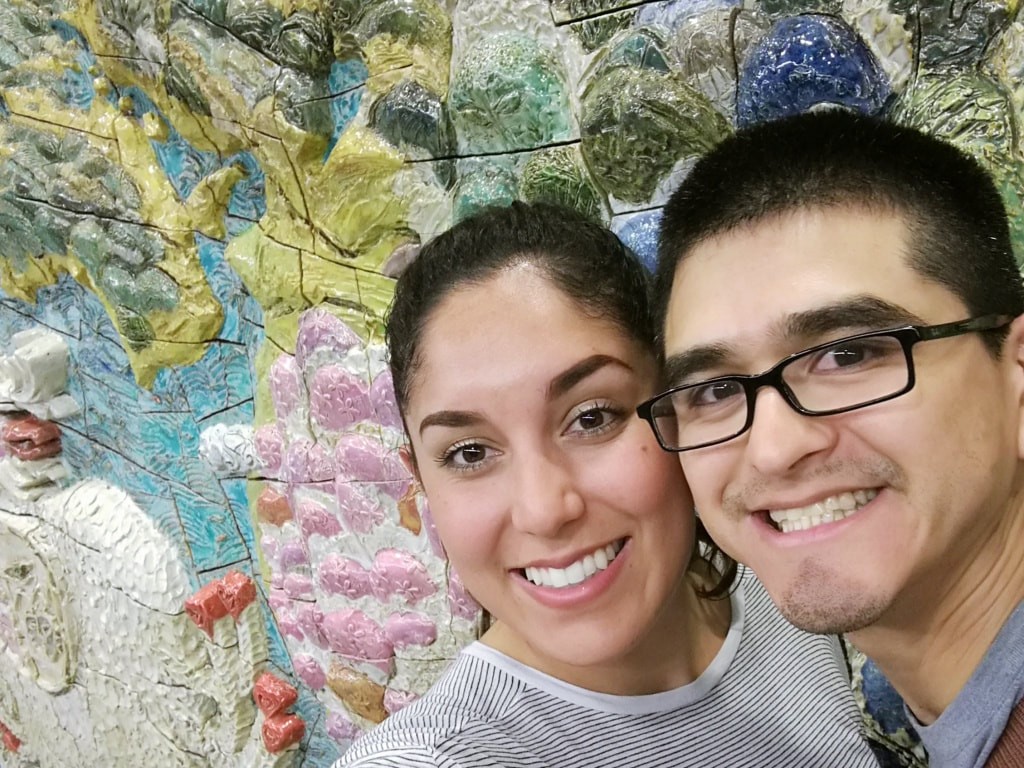

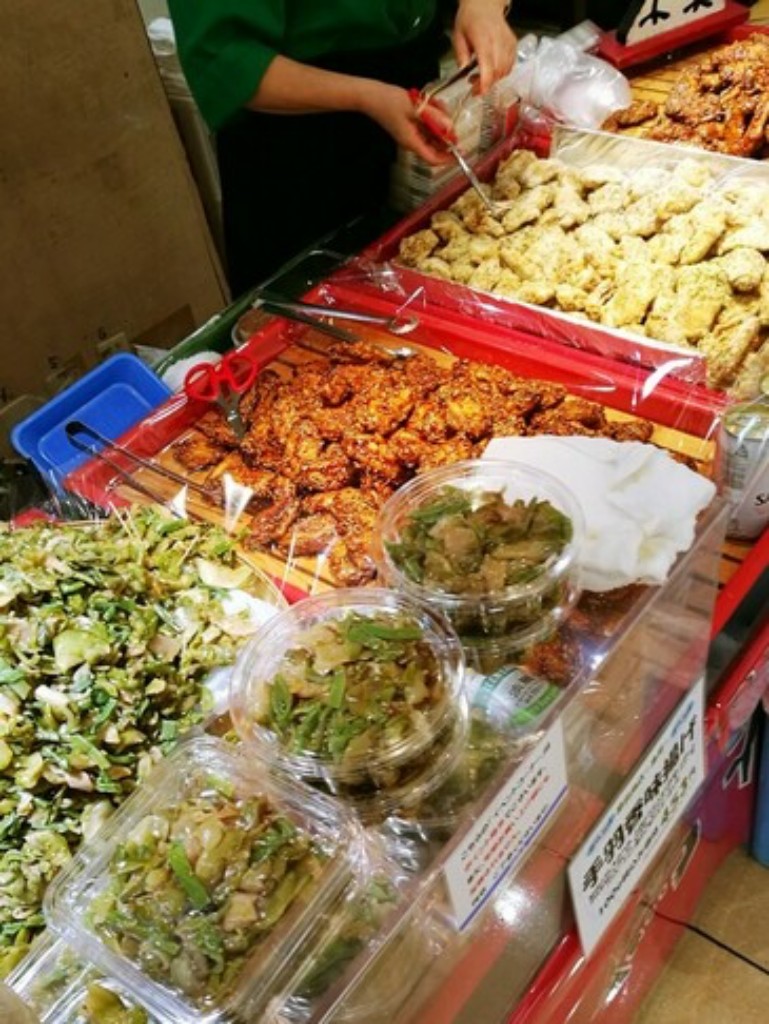
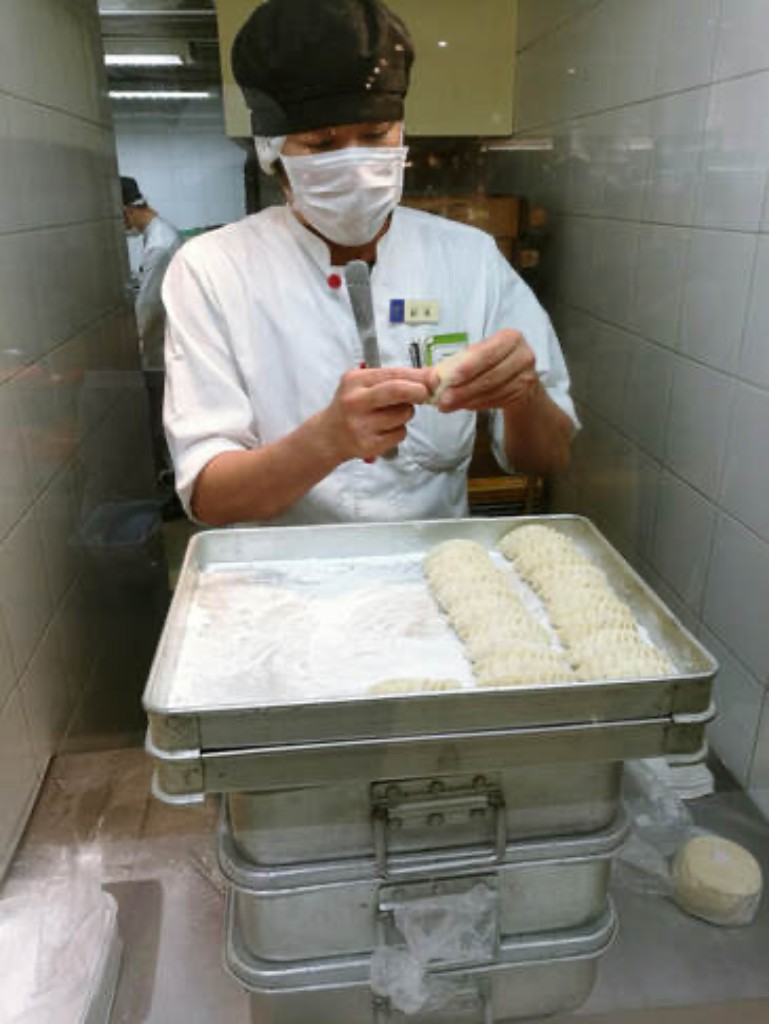
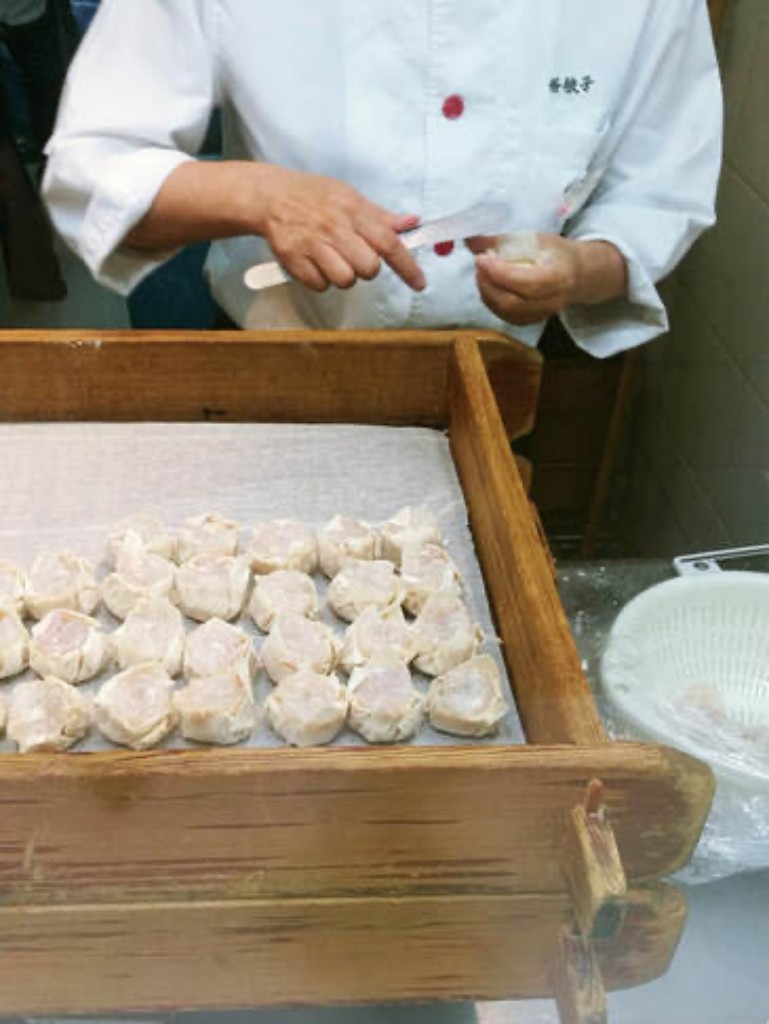
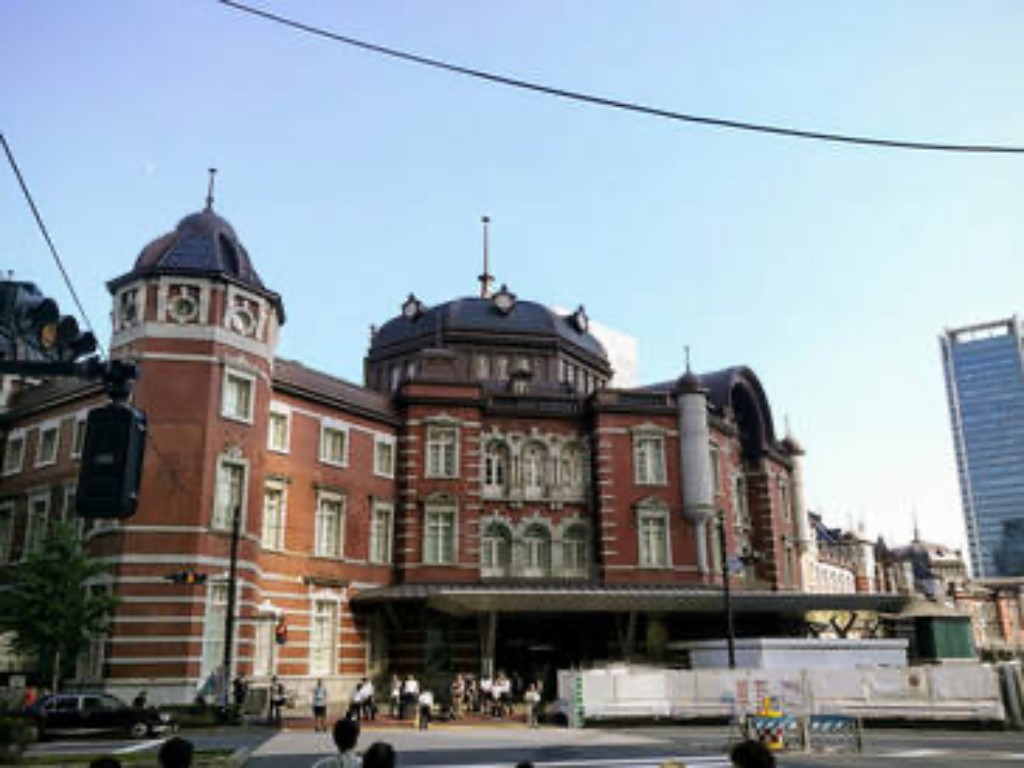

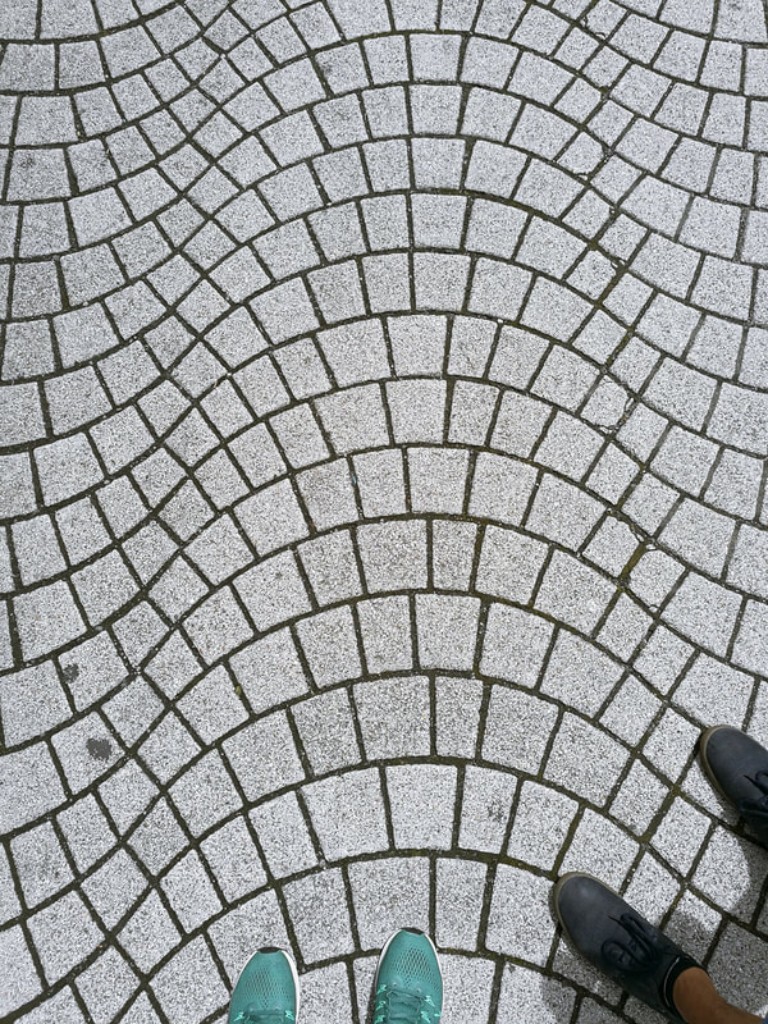
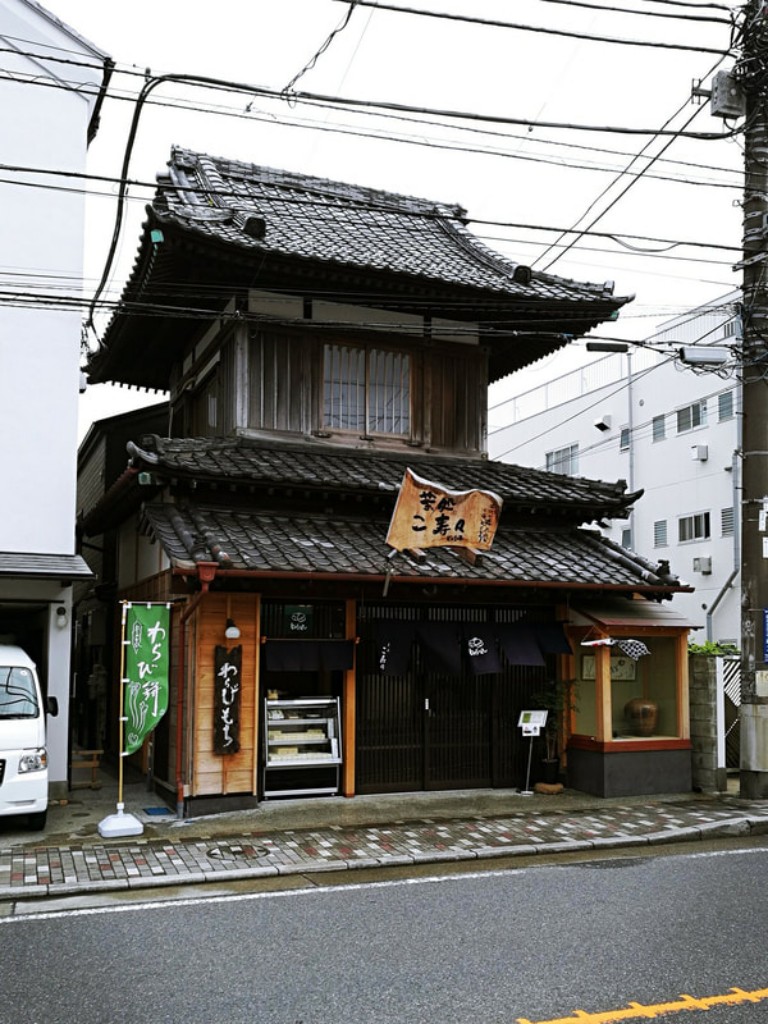
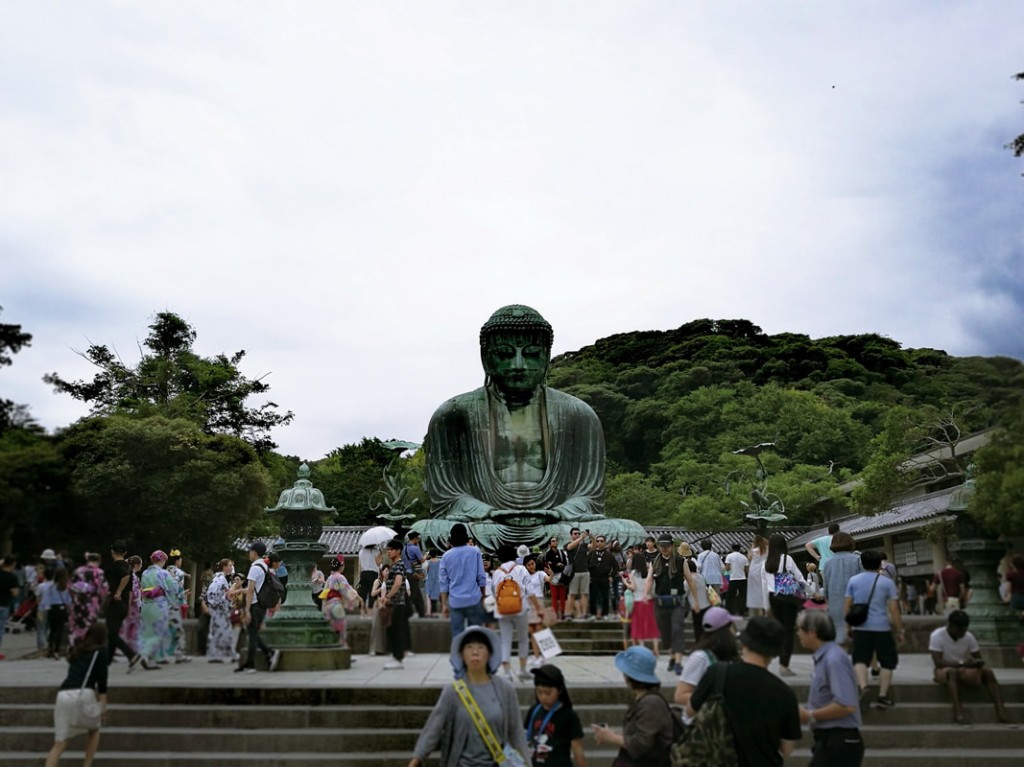
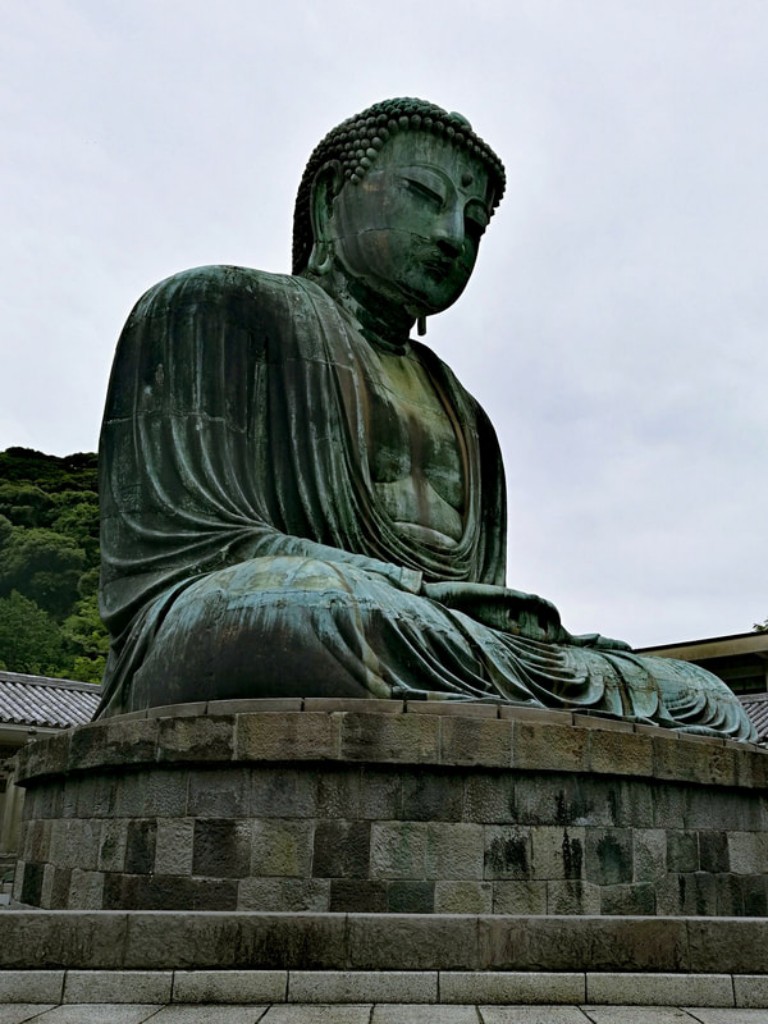
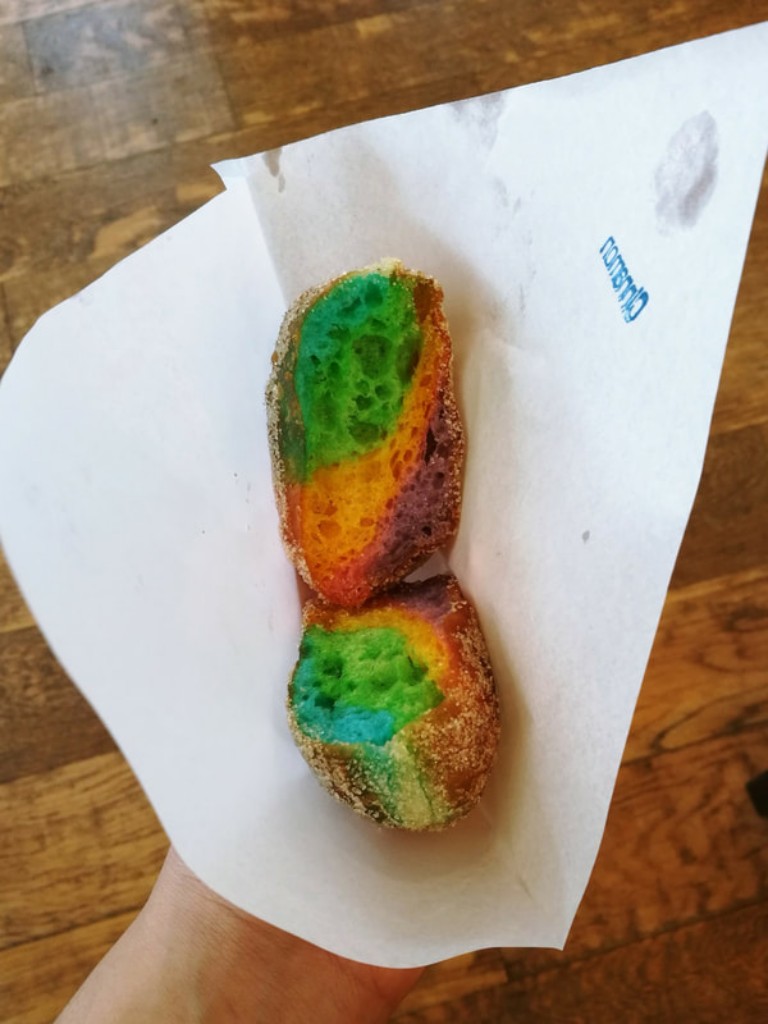
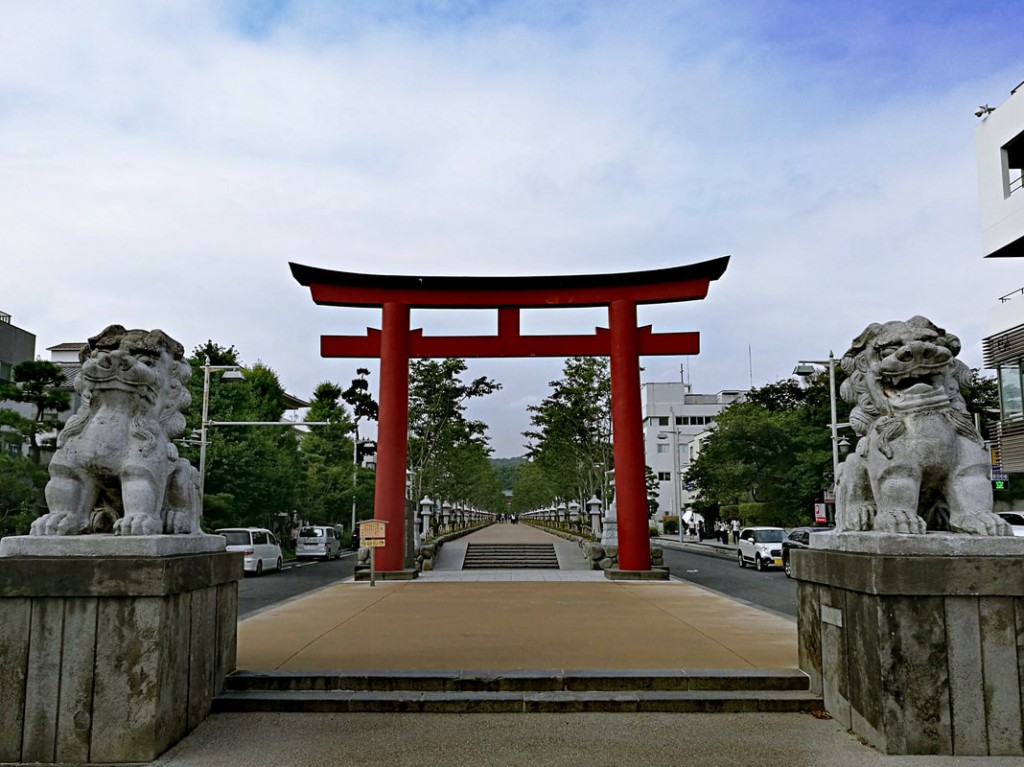
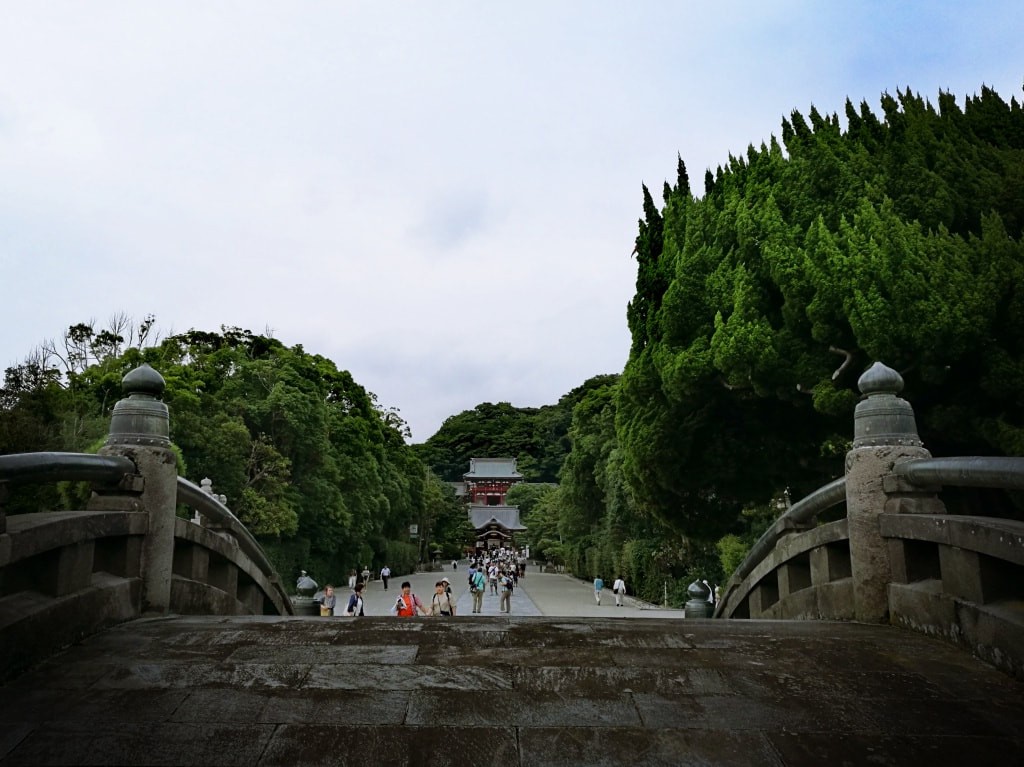
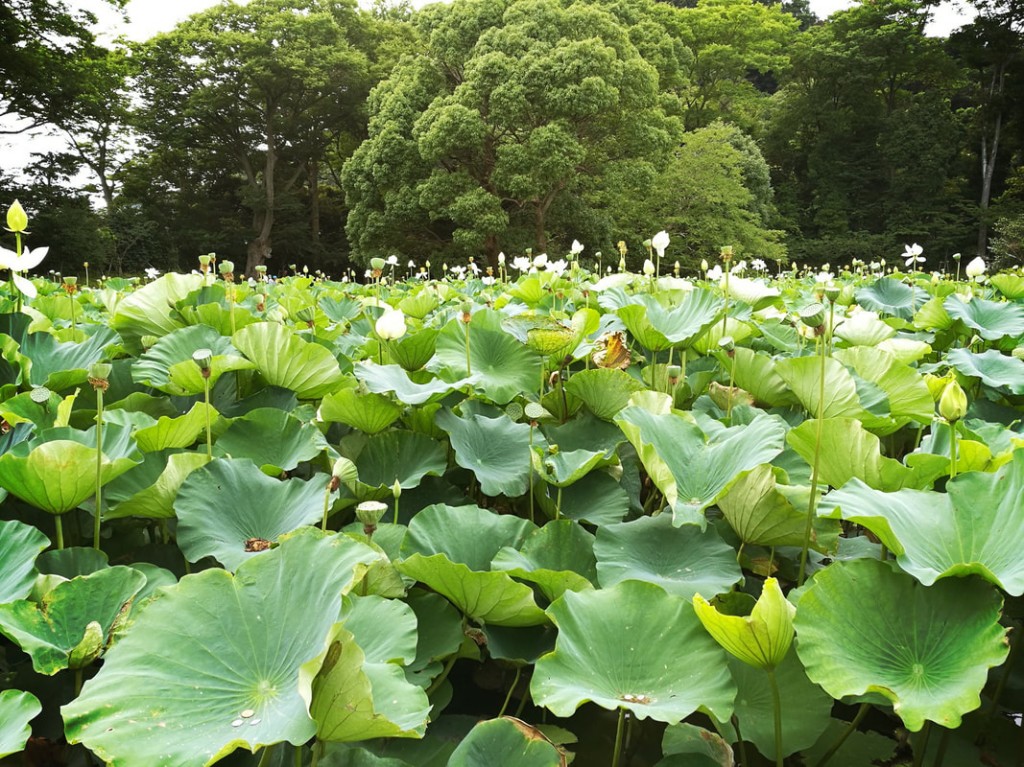
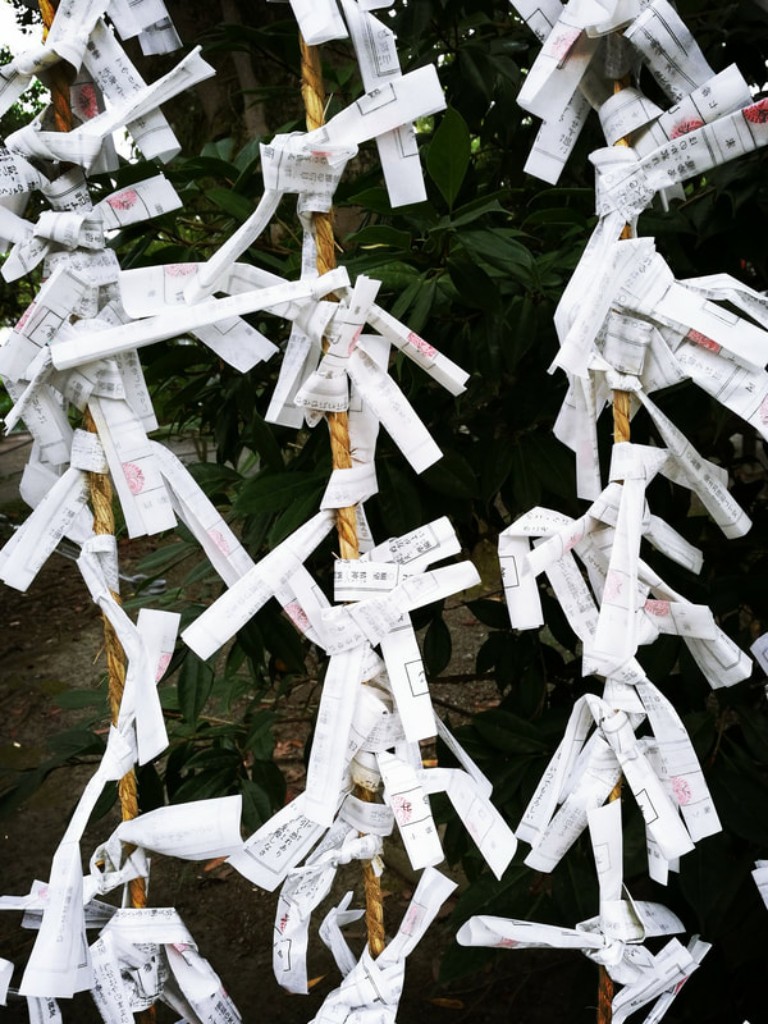

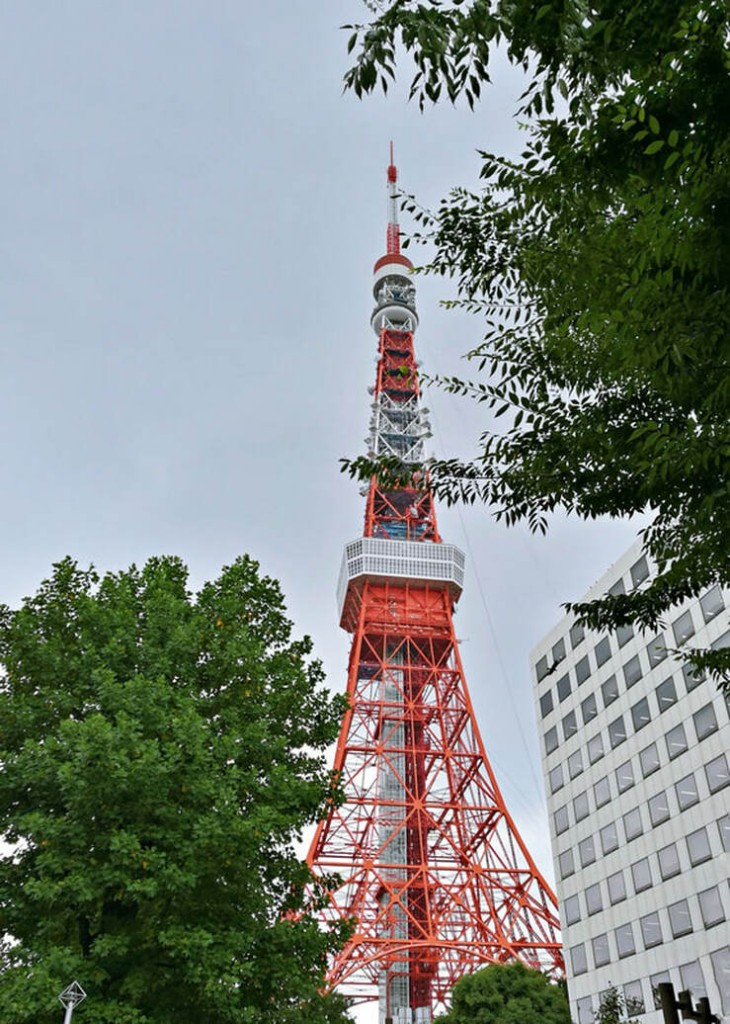
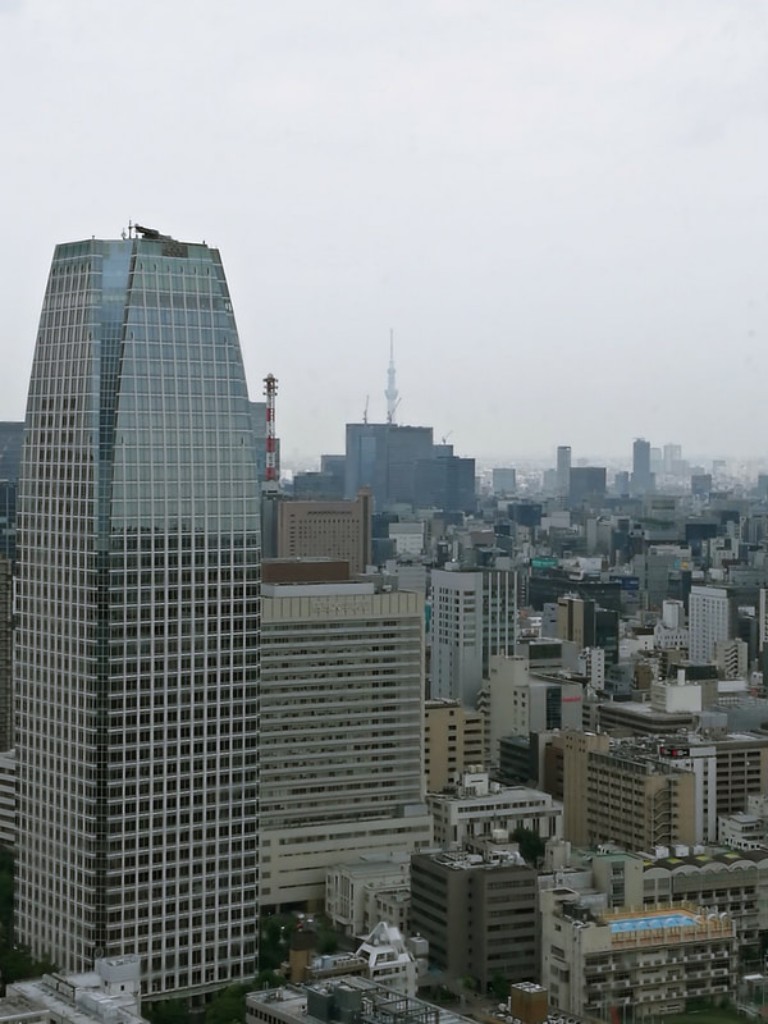
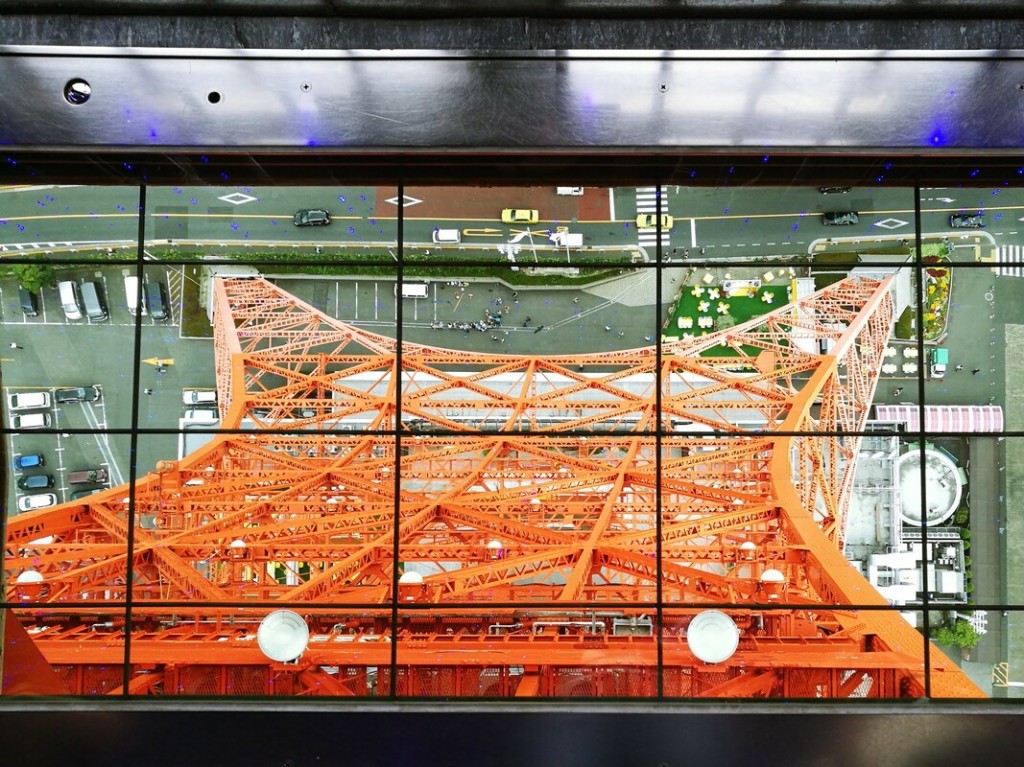

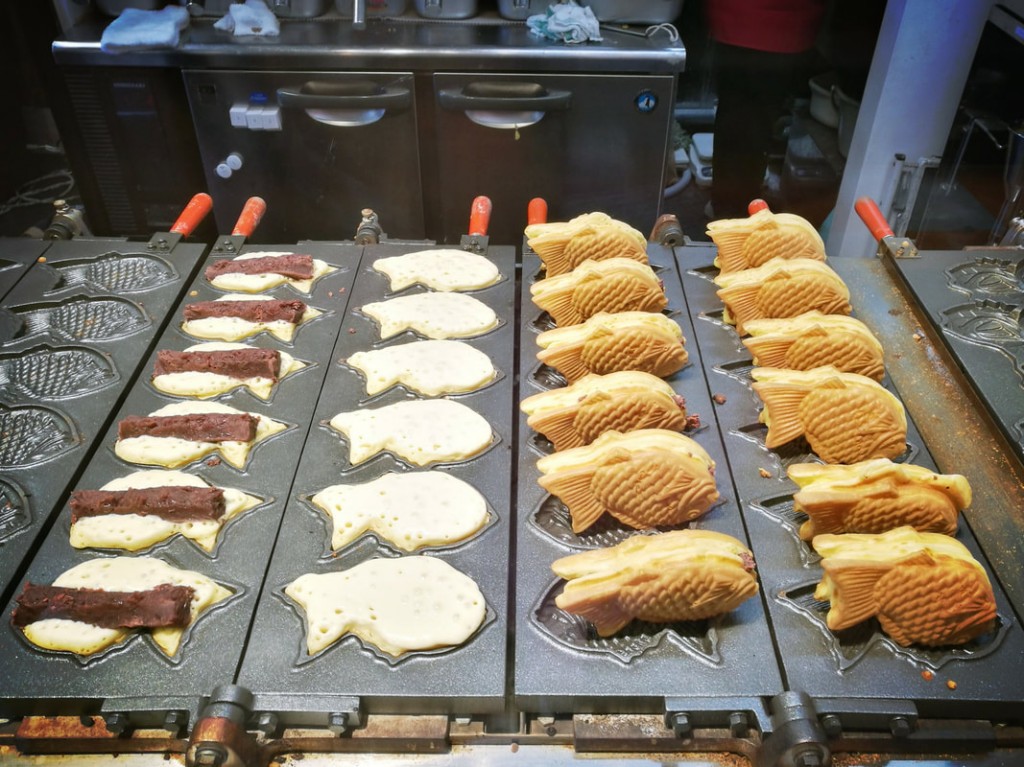



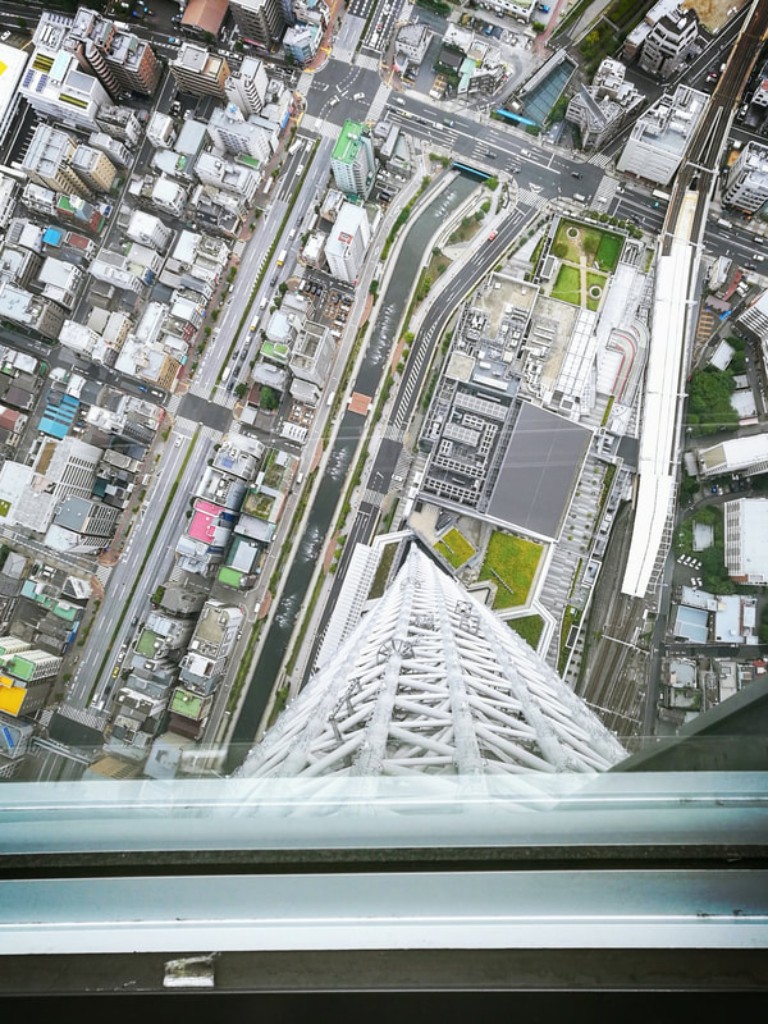
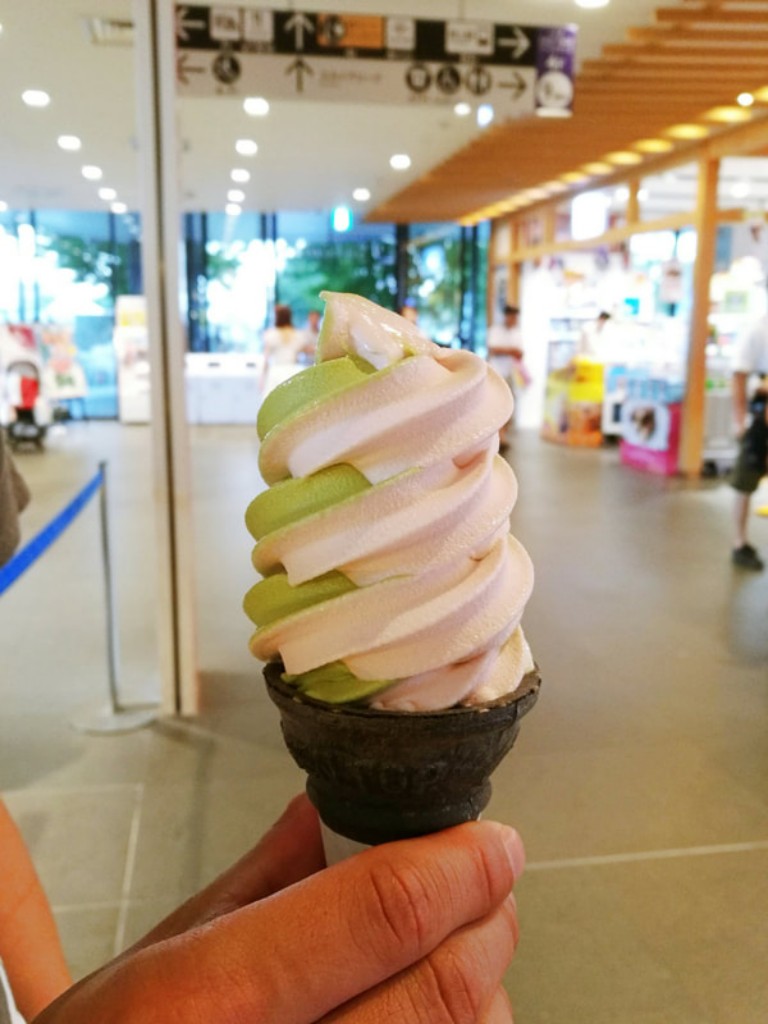
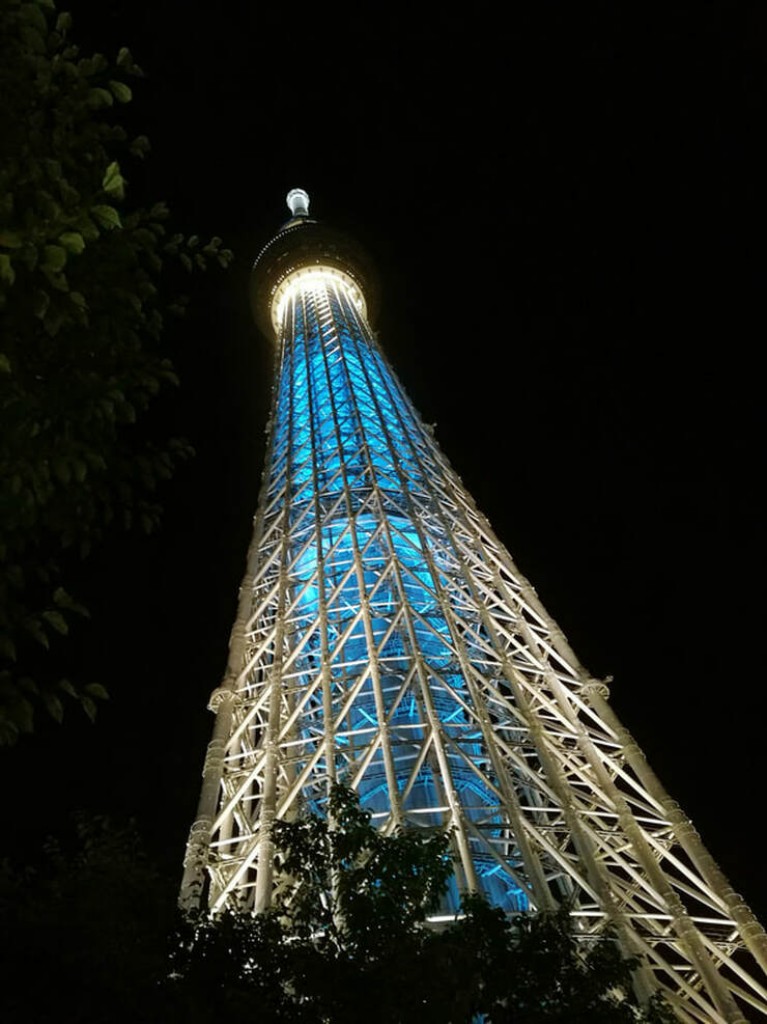
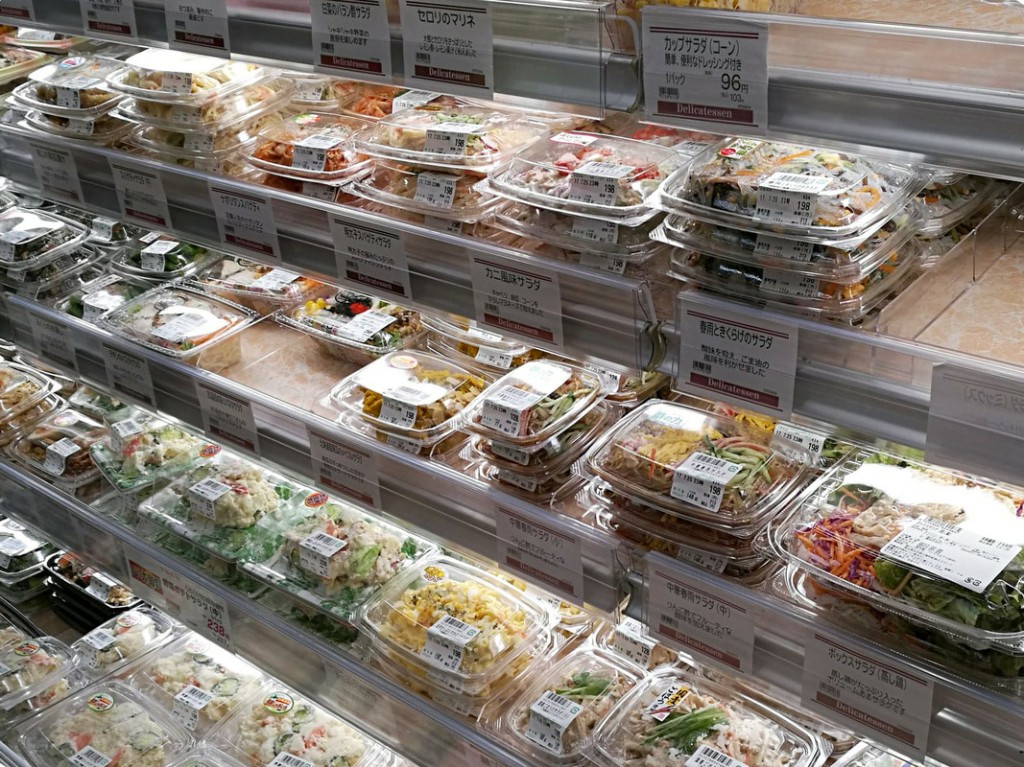
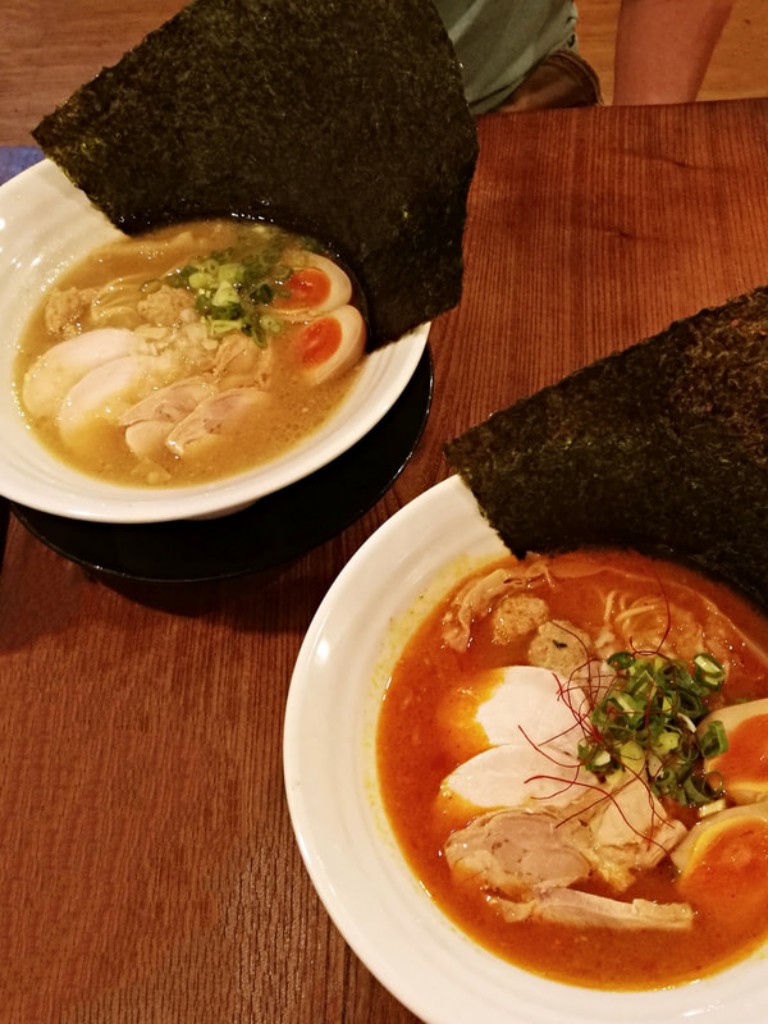


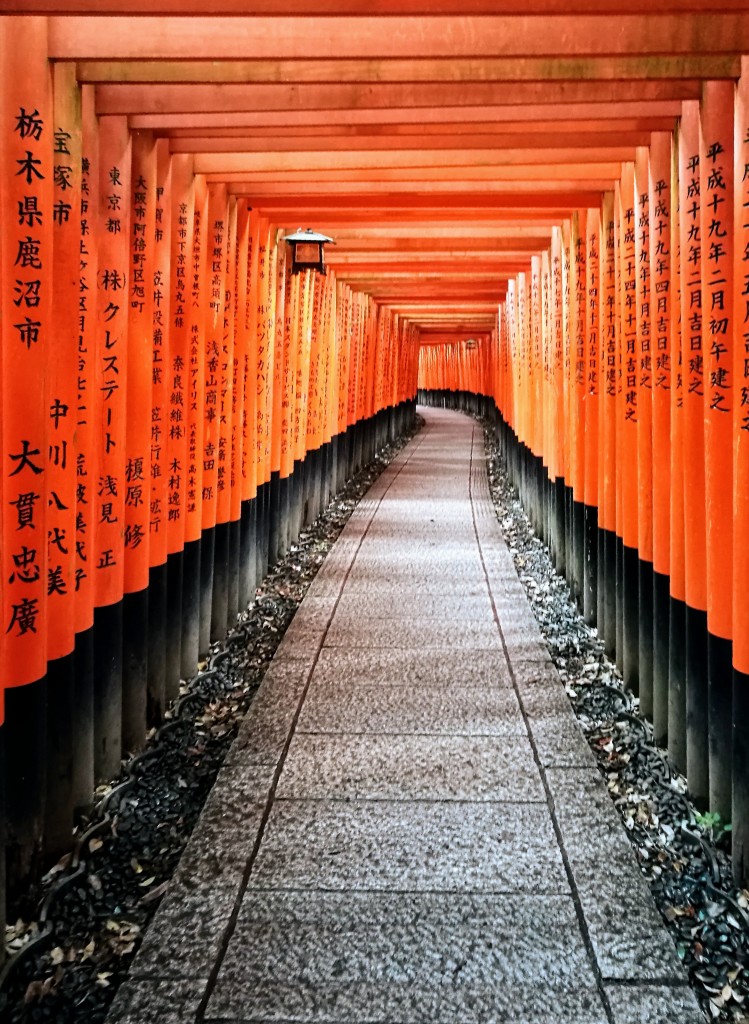
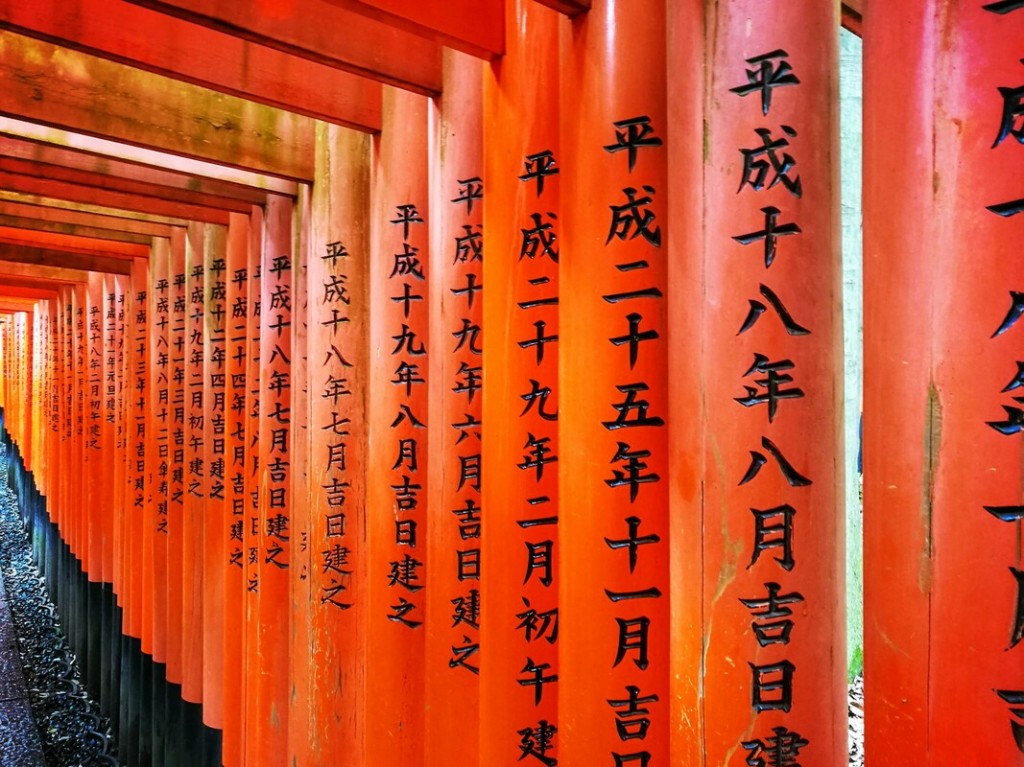
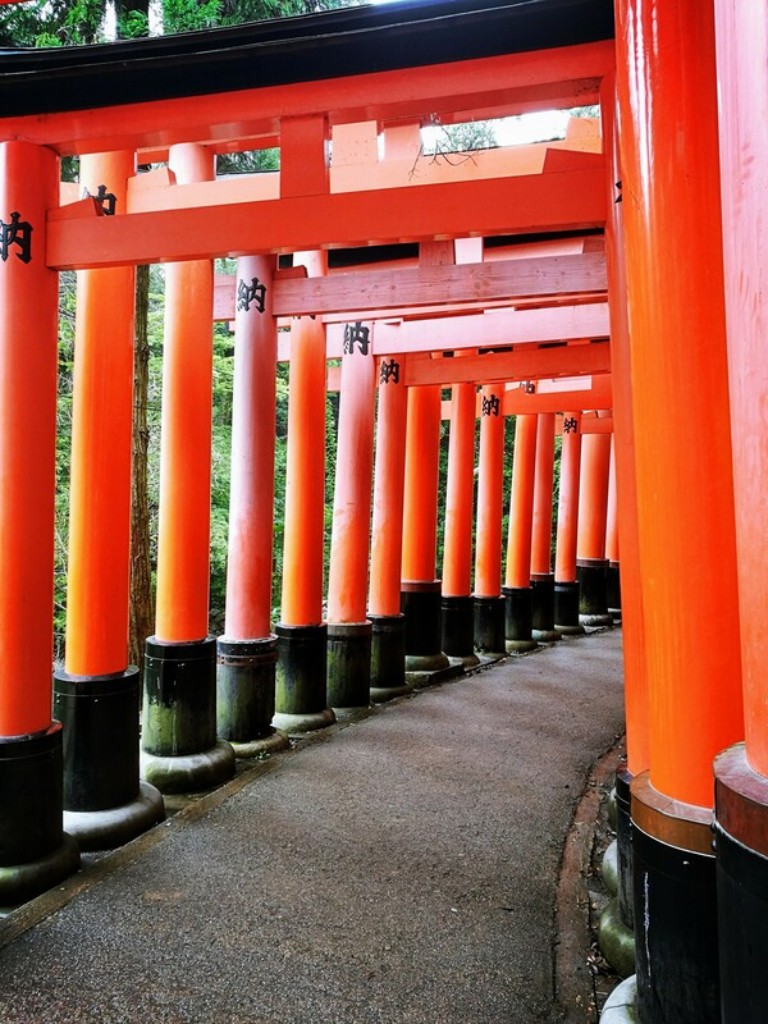
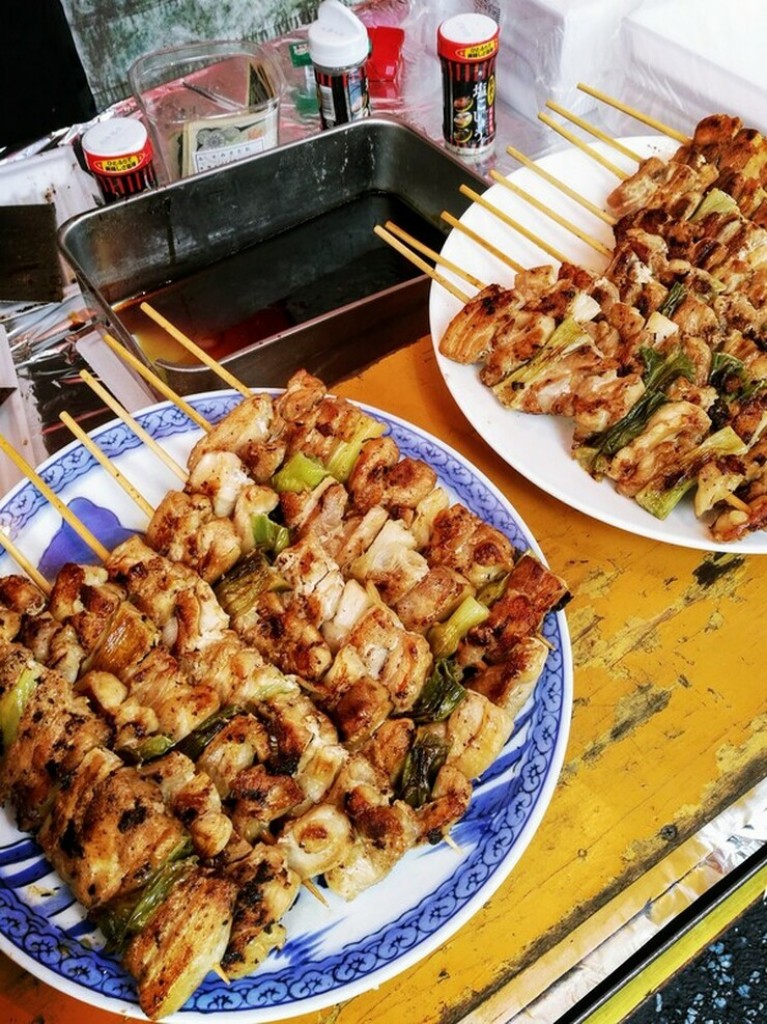
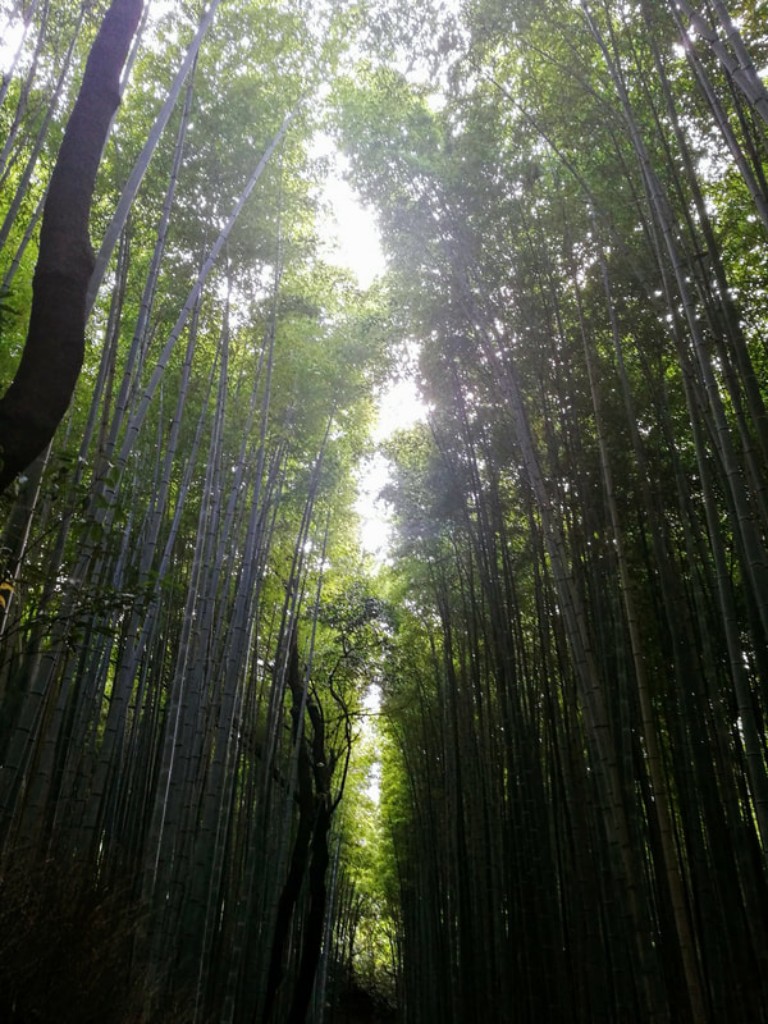

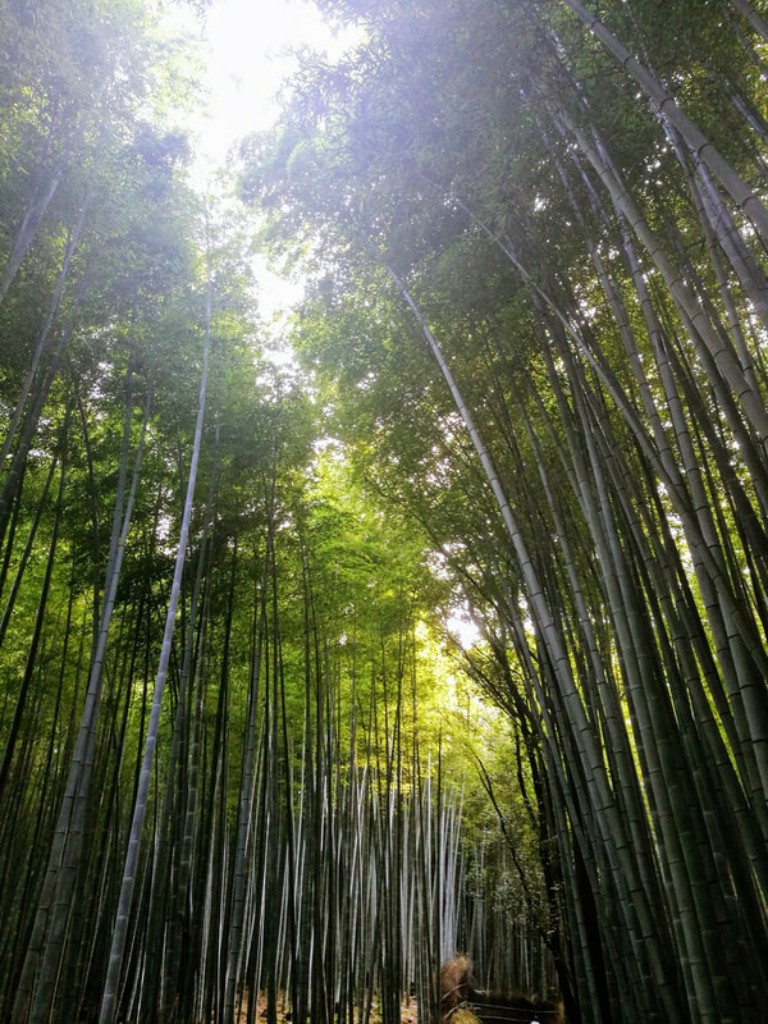
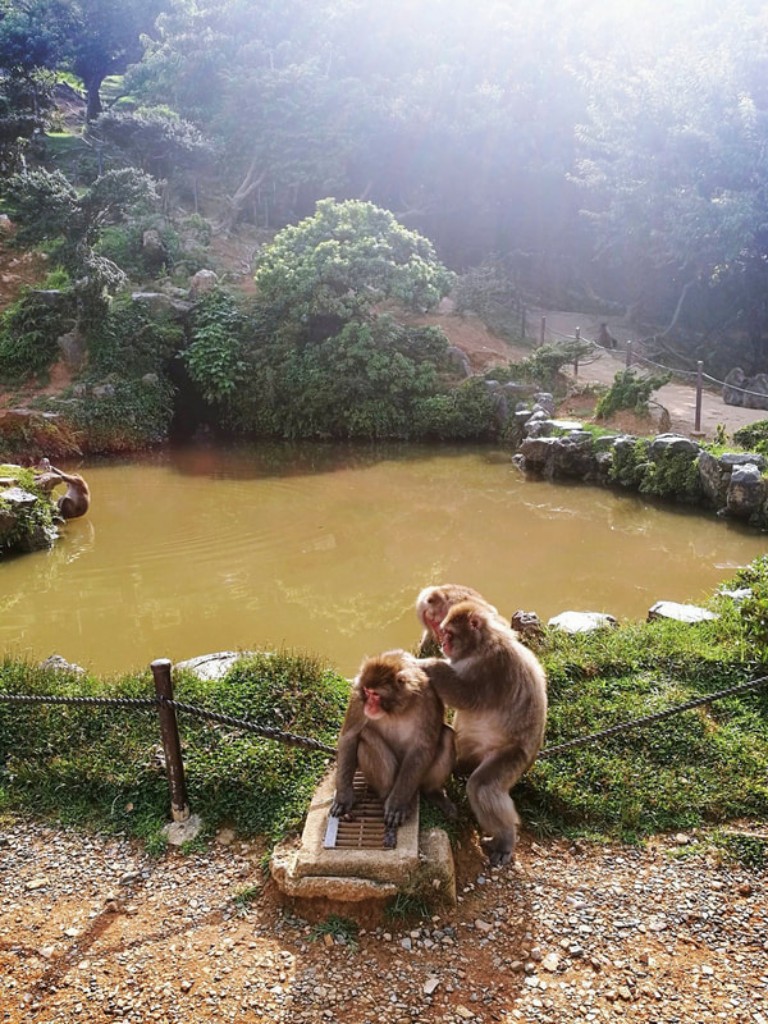
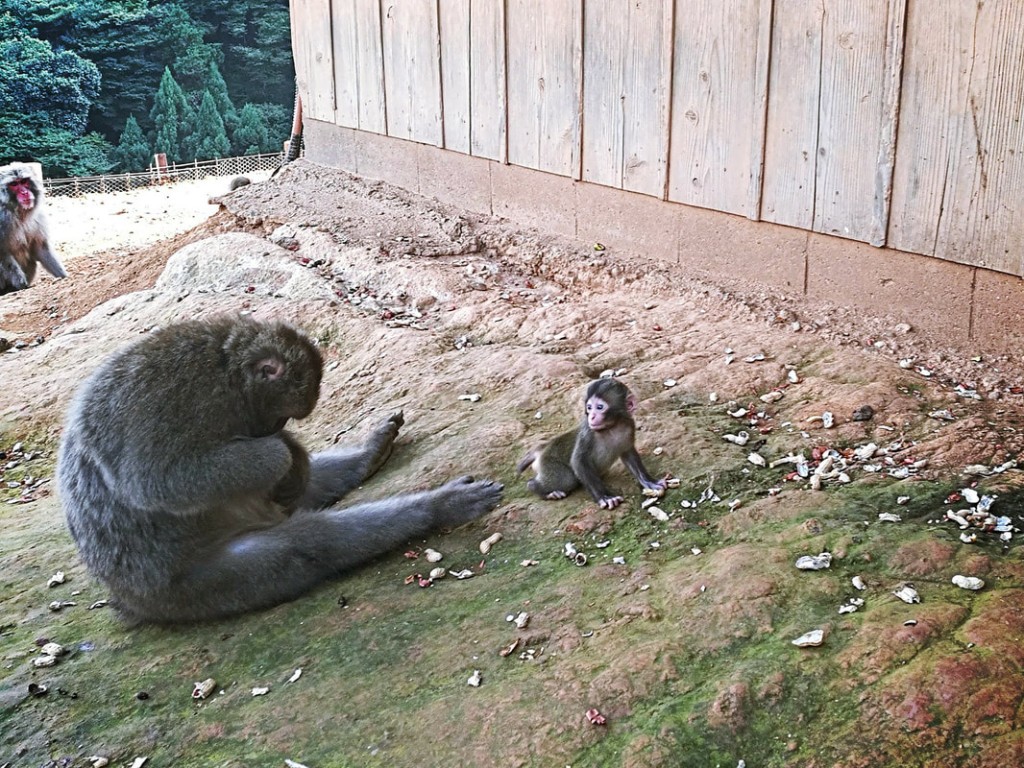
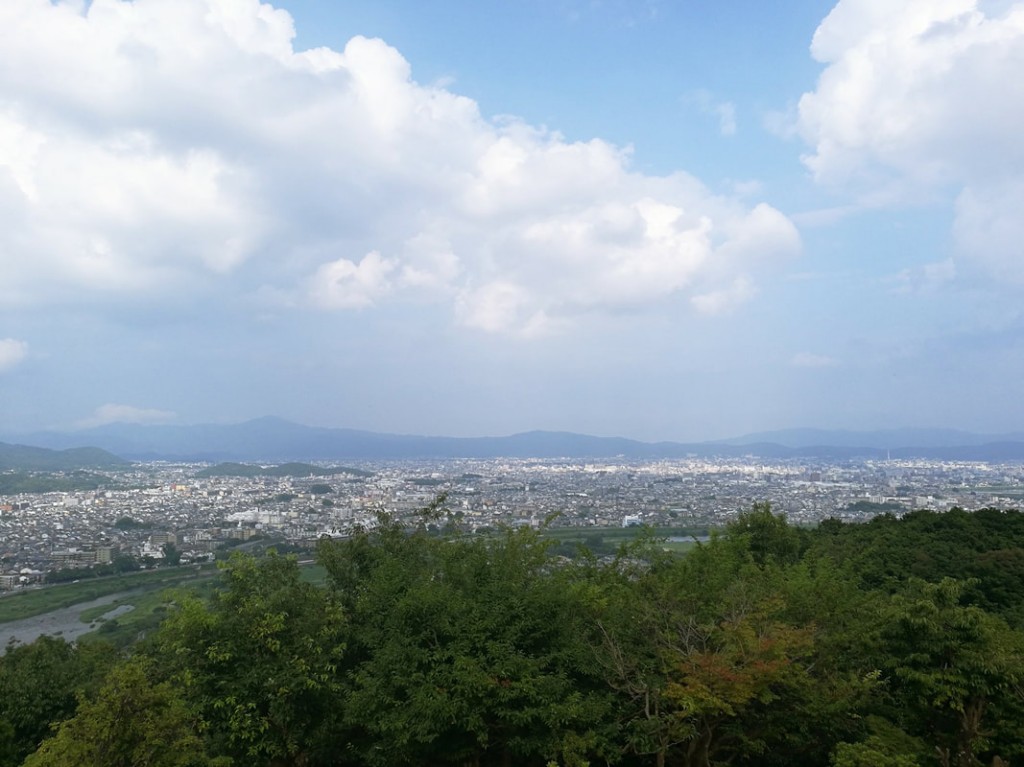
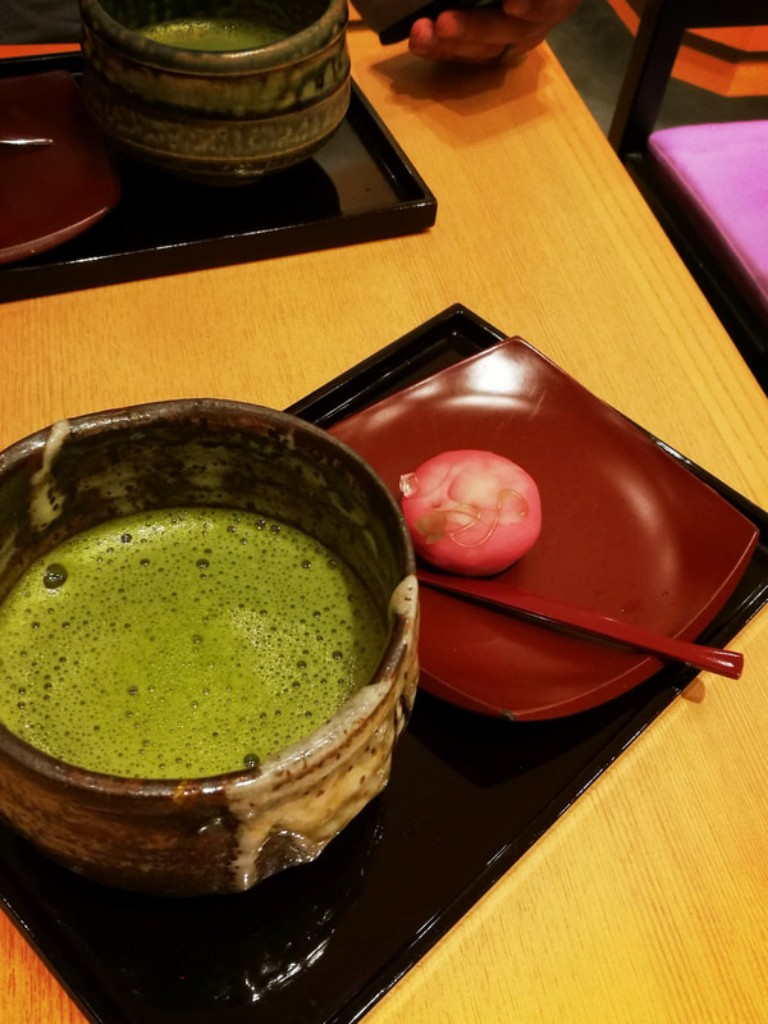
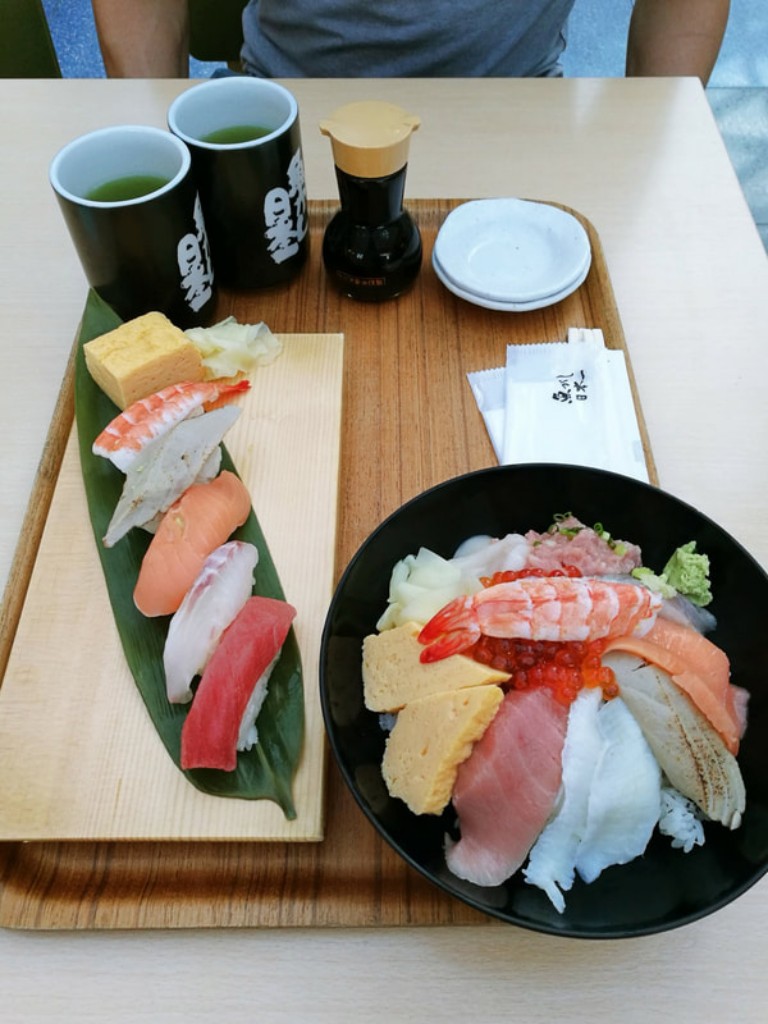
posted in
Travel